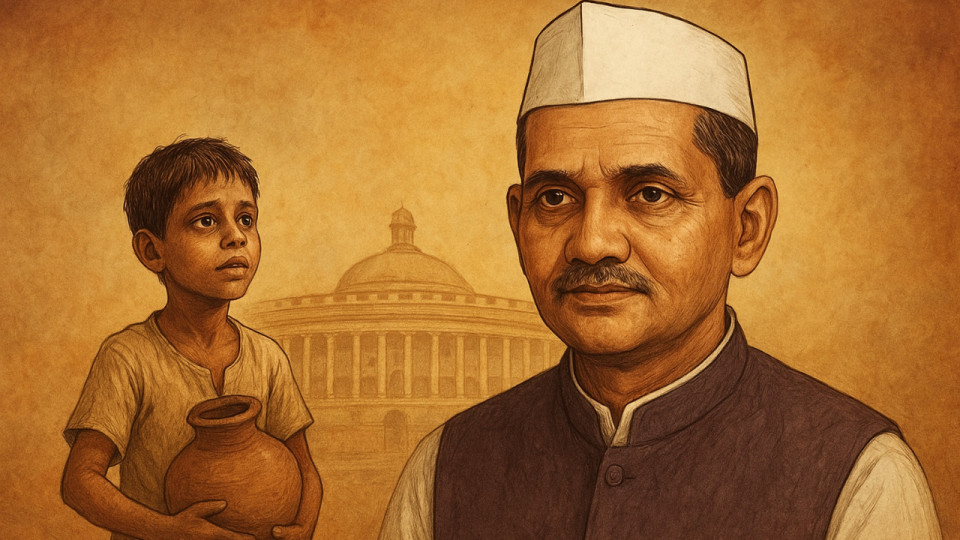
He Wasn’t Born ‘Shastri’: The Inspiring Journey of Lal Bahadur from ‘Nanhe’ to India’s Second Prime Minister (Image Source: ChatGPT)
National News: On 2nd October, while the nation pays tribute to Mahatma Gandhi on Gandhi Jayanti, it is also the birth anniversary of Lal Bahadur Shastri, India’s second Prime Minister. Known for his honesty, simplicity, and strong leadership, Shastri Ji lived a life full of struggles and sacrifices. From growing up in a poor family in Uttar Pradesh to becoming the Prime Minister of India, his journey is an inspiring story for every Indian. Interestingly, many people do not know that ‘Shastri’ was not his real name.
Lal Bahadur Shastri was born on 2 October 1904 in a small town called Mughalsarai, situated not far from Varanasi in Uttar Pradesh. At home, everyone lovingly called him ‘Nanhe’ (the little one). His father was a school teacher. When Nanhe was barely one and a half years old, his father passed away. His mother then moved, along with him and her other two children, to her father’s house.
Lal Bahadur came from a very poor family. His early education took place in a small school in his small town. It was nothing special. Later, for his high school studies, he was sent to Varanasi to stay with his uncle. He did not even have shoes to wear, so little Nanhe would often walk barefoot for kilometers to school—even under the scorching sun.
Mahatma Gandhi had opposed the support that India’s kings and princely states were giving to British rule. This move deeply influenced young Shastri Ji. With age, Lal Bahadur’s interest in India’s freedom struggle kept growing. He was only 11 years old when the feeling of fighting for his country first arose in his heart.
Shastri Ji was 16 years old when Gandhi Ji called upon the people of the nation to join the Non-Cooperation Movement. That was it—Shastri Ji decided to quit his studies and join Gandhi’s movement. Although this decision hurt his mother, everyone knew that once Nanhe made up his mind, no one could change it. Shastri Ji, who appeared soft on the outside, had been determined and strong-hearted since childhood. In 1927, Shastri Ji got married. His wife’s name was Lalita Devi, who belonged to Mirzapur in UP. Then in 1930, after Gandhi Ji’s Dandi March, a wave of protest swept across the country against the British black laws. Shastri Ji too joined India’s freedom struggle with full enthusiasm. He led several campaigns. As a result, he spent nearly 7 years in total in British prisons.
Nanhe, under the name Lal Bahadur, joined Kashi Vidyapith in Varanasi. This was one of the national institutions established in opposition to British rule. Here Lal Bahadur came into contact with many intellectuals of the country and was influenced by them. He studied Philosophy and Ethics. From this institution, he received the degree of ‘Shastri’ as a bachelor’s title. But it became so deeply ingrained in people’s minds that ‘Shastri’ permanently got added as a surname to his name.
Lal Bahadur Shastri’s role in the freedom struggle made him a popular leader. Then, just before India’s independence, in 1946, when the Congress government was formed, he was invited to take an important role. He was made the Parliamentary Secretary of his home state, Uttar Pradesh. Soon after, he became the Home Minister there. In 1951, Shastri Ji reached Delhi and held several important portfolios in the Central Cabinet, such as—Railway Minister, Commerce and Industry Minister, Transport and Communications Minister, and Home Minister. When Pandit Jawaharlal Nehru was unwell, Shastri Ji was made a ‘Minister without Portfolio’.
After Nehru’s death on 27 May 1964, Lal Bahadur Shastri became India’s second Prime Minister on 9 June 1964. In 1965, when Pakistan attempted to infiltrate India, under Shastri Ji’s leadership, the Indian Army drove them back. Shastri Ji gave the slogan—“Jai Jawan Jai Kisan” (Hail the Soldier, Hail the Farmer). During the India-Pakistan war, when Shastri Ji learned that many people were not getting food to eat every day, he stopped taking his salary as Prime Minister and decided to use it for the welfare of the people instead. However, as Prime Minister, Lal Bahadur Shastri could not serve the nation for long. Just 19 months after becoming PM, on 11 January 1966, he died of a heart attack in Tashkent. This tragic incident happened the very next day after he signed a peace agreement to end the 1965 India-Pakistan war. However, even today, his death remains controversial. Many believe that his death was not natural—that he was murdered. But till today, no proof of this has come forward.
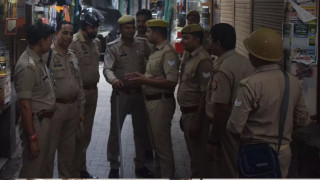

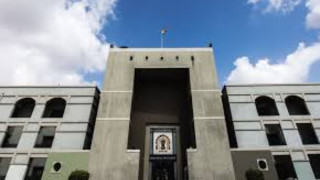
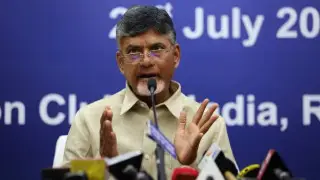
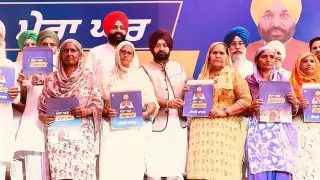








Copyright © 2025 Top Indian News
